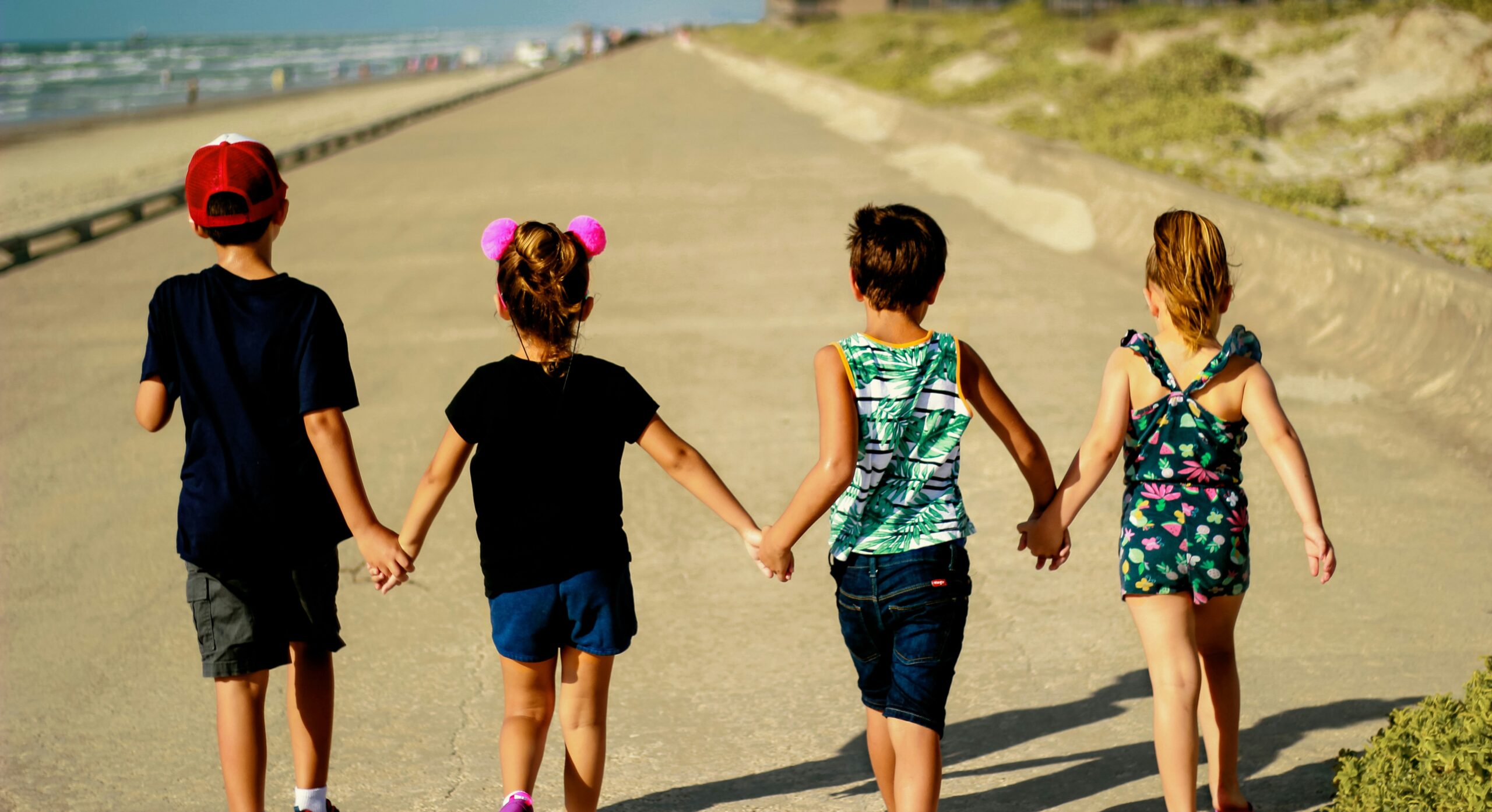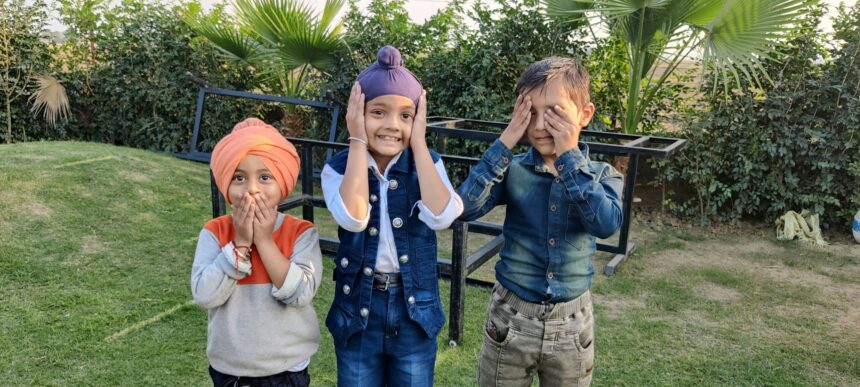
How The Imagine Project Helps Improve—and Even Stop—Bullying
Bullying continues to be one of the most pervasive challenges facing children and teens today. Whether it happens in school hallways, online, or on playgrounds,

Bullying continues to be one of the most pervasive challenges facing children and teens today. Whether it happens in school hallways, online, or on playgrounds,

For many children, school should be a place of learning, friendship, and growth. But for some, it can also be a source of fear and

School is filled with both exciting opportunities and unique challenges. From academic pressures to social dynamics and personal struggles, students often carry far more than

In the hustle and bustle of modern life, it’s no surprise that many of us struggle with feelings of anxiety and depression. These emotional challenges

In our fast-paced society, establishing early habits of self-care and mindfulness is essential for children, equipping them to handle future challenges and opportunities. Self-care extends

The use of artificial intelligence (AI) is becoming increasingly widespread throughout the education system, but there are mixed attitudes about whether or not it’s actually

Children are the future, and ensuring their well-being goes beyond physical health. Mental health plays a pivotal role in shaping a child’s overall development and

In the bustling world of technology and structured education, the value of imagination often takes a backseat. However, fostering a child’s imagination is not just

Stress tends to be higher during the holidays. More to do, plan, and get done before a deadline. Even if life is fun during the

Kids are back in school again and most educators are acutely aware of the potential social emotional needs of students. The past few years have




Join our community to get the latest tips, exclusive offers, and updates straight to your inbox. Don’t miss out—subscribe now and be the first to know!